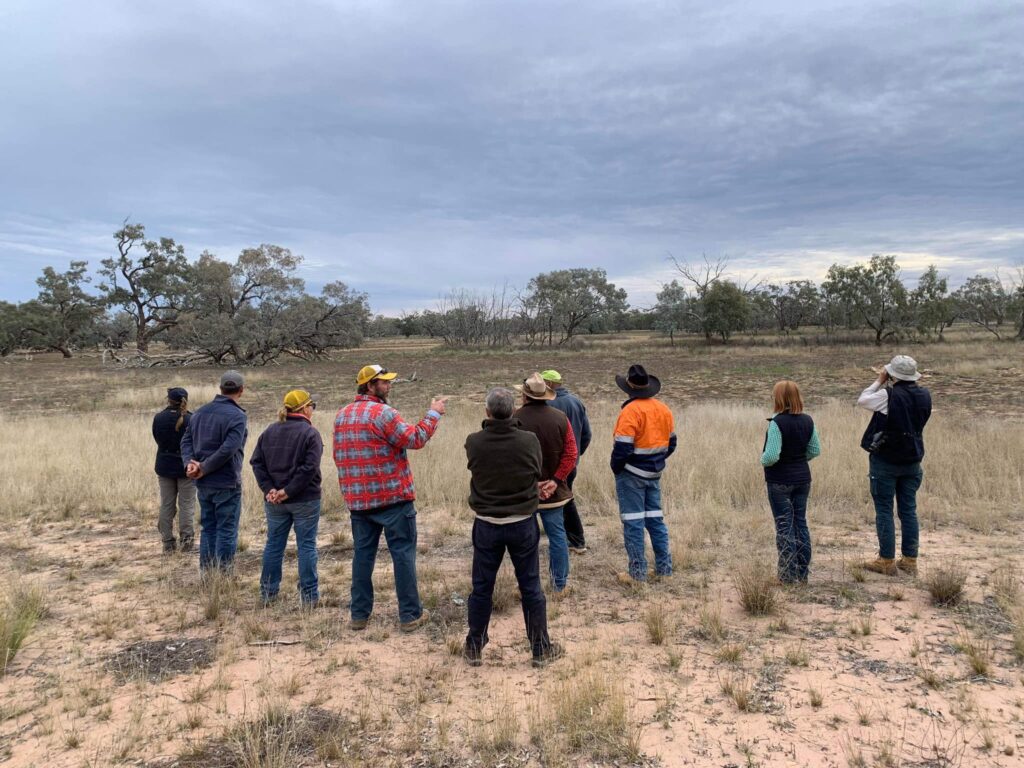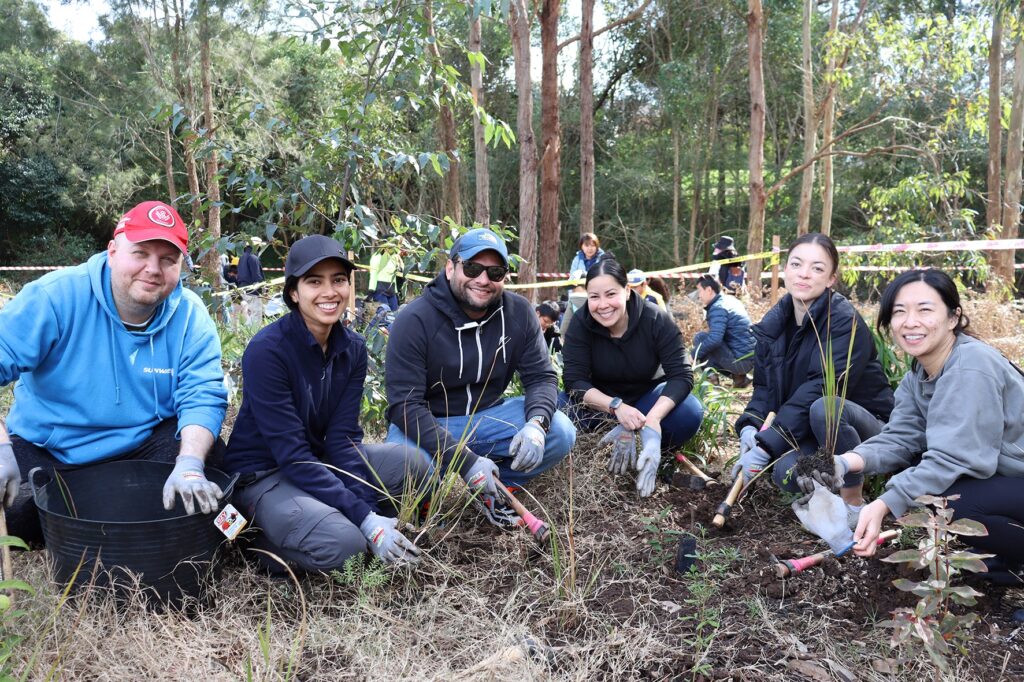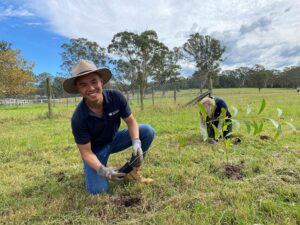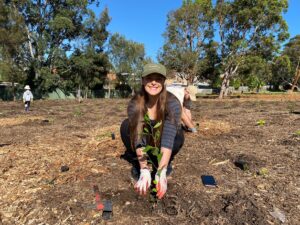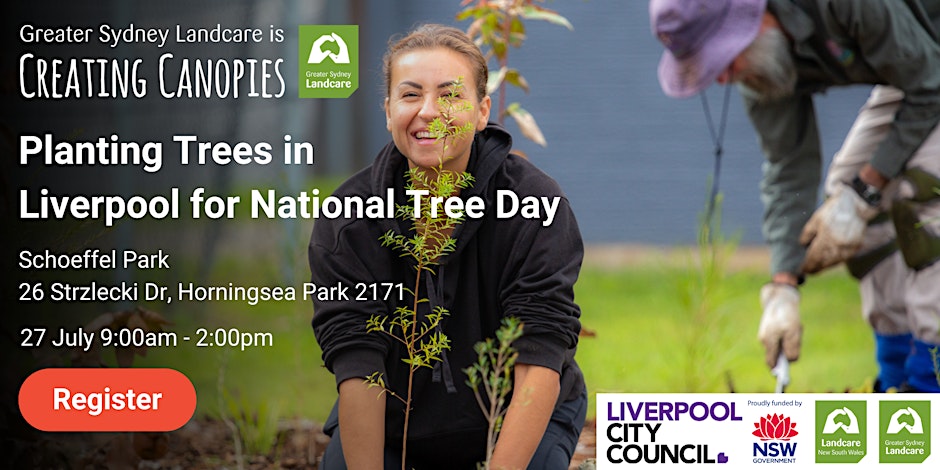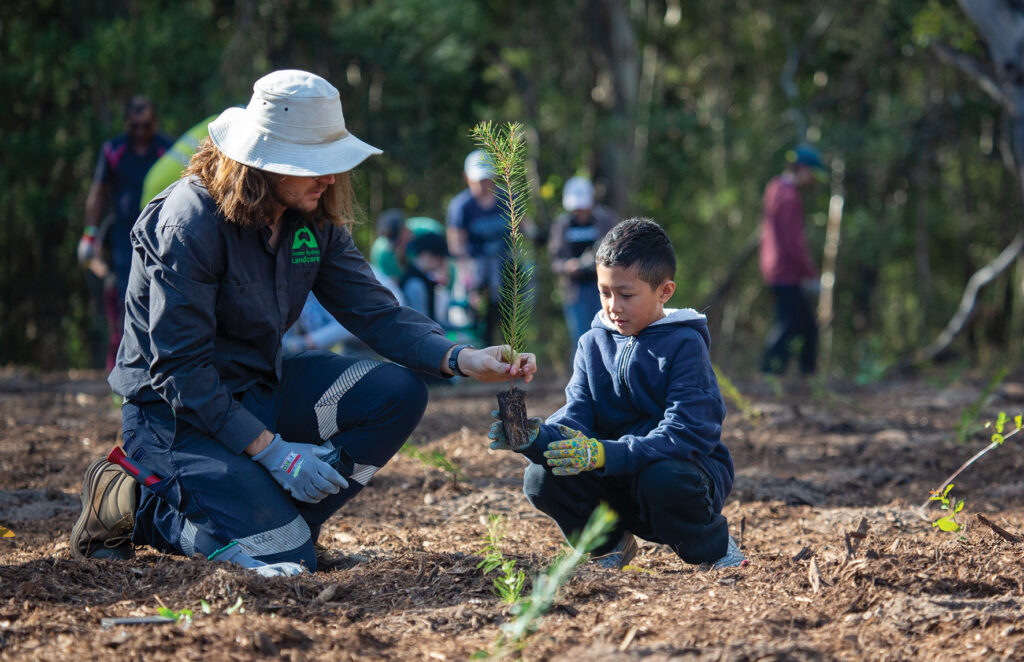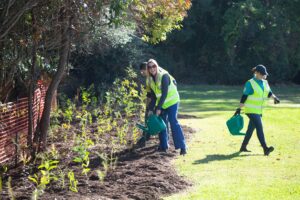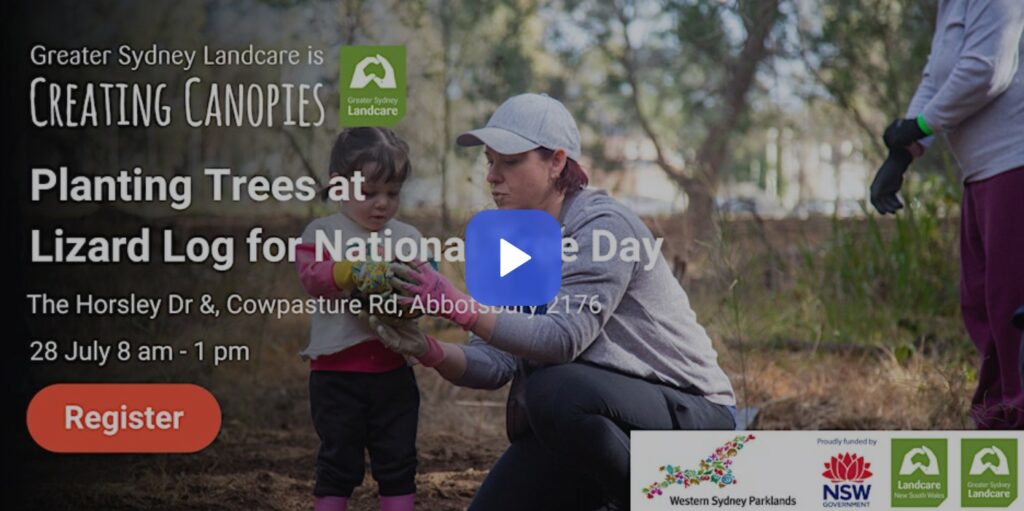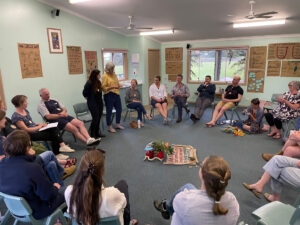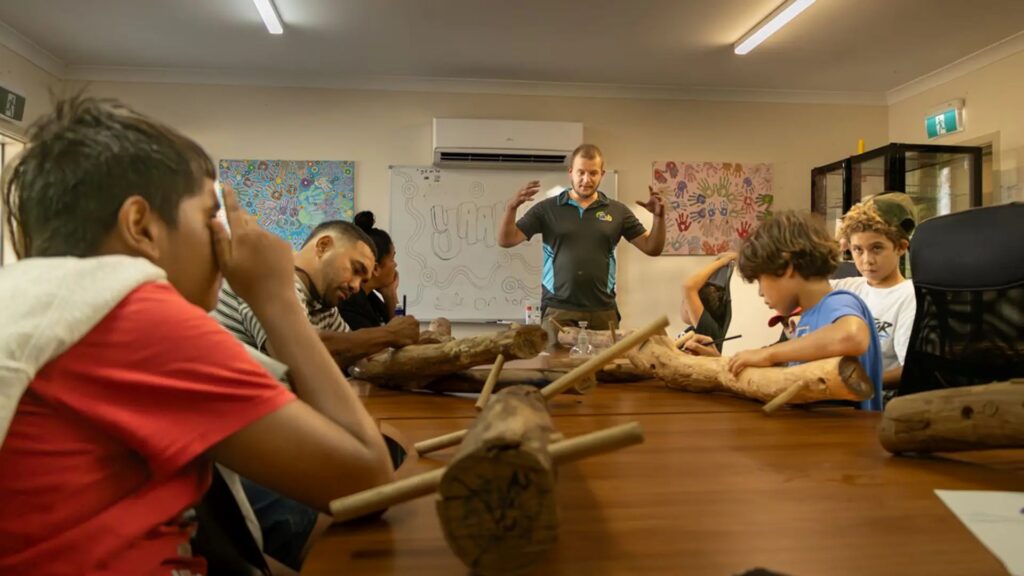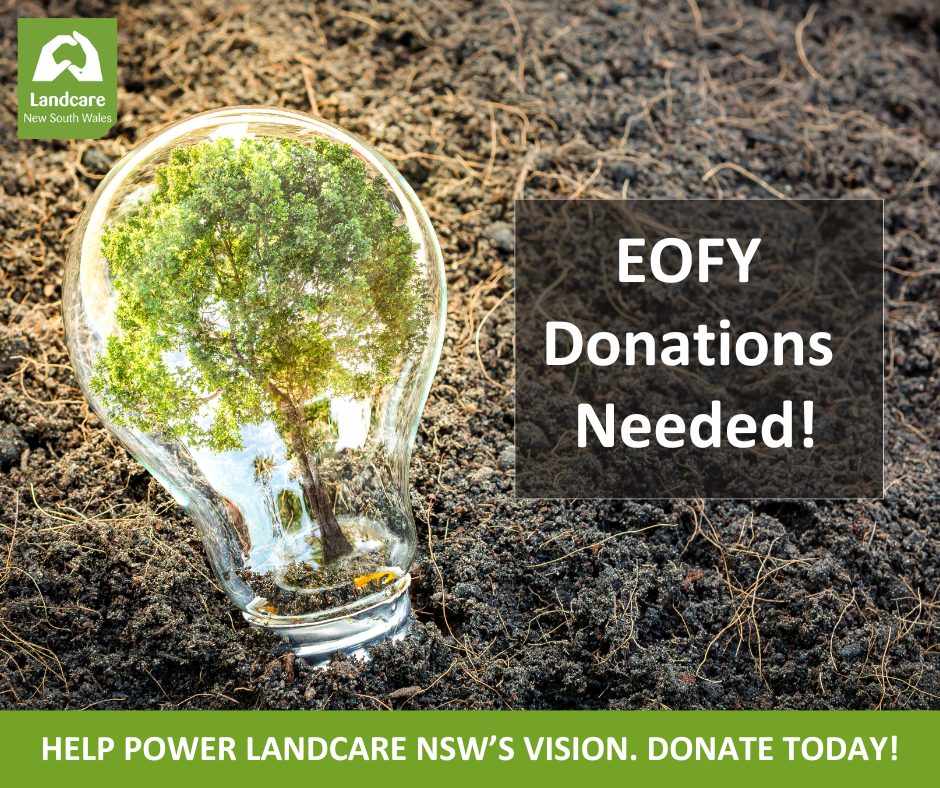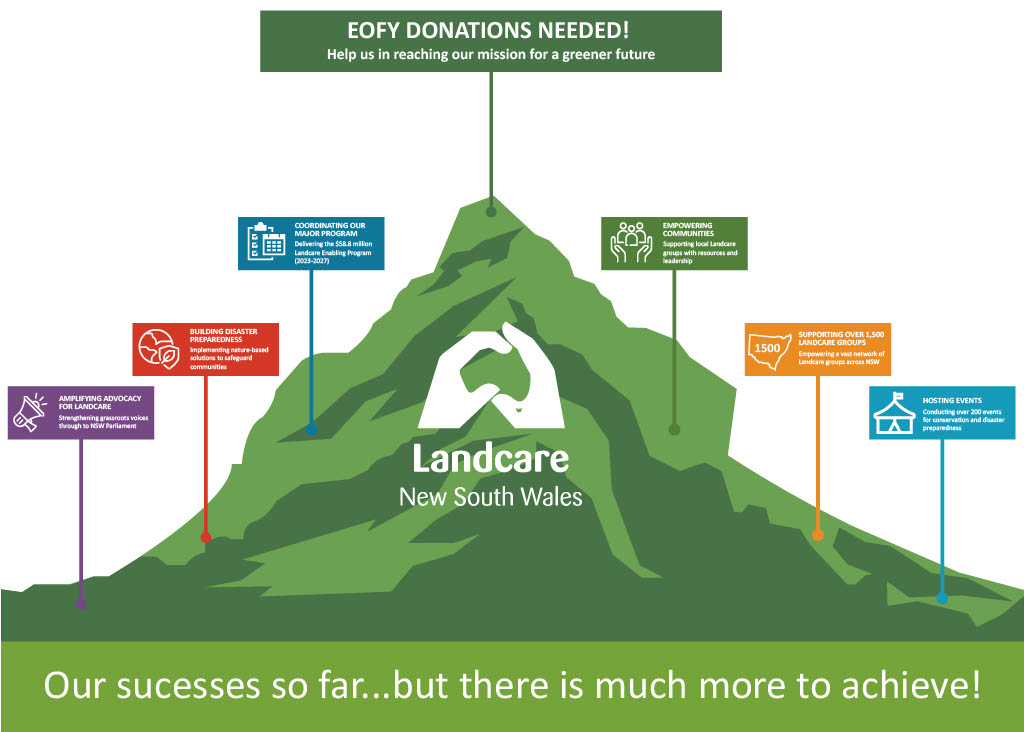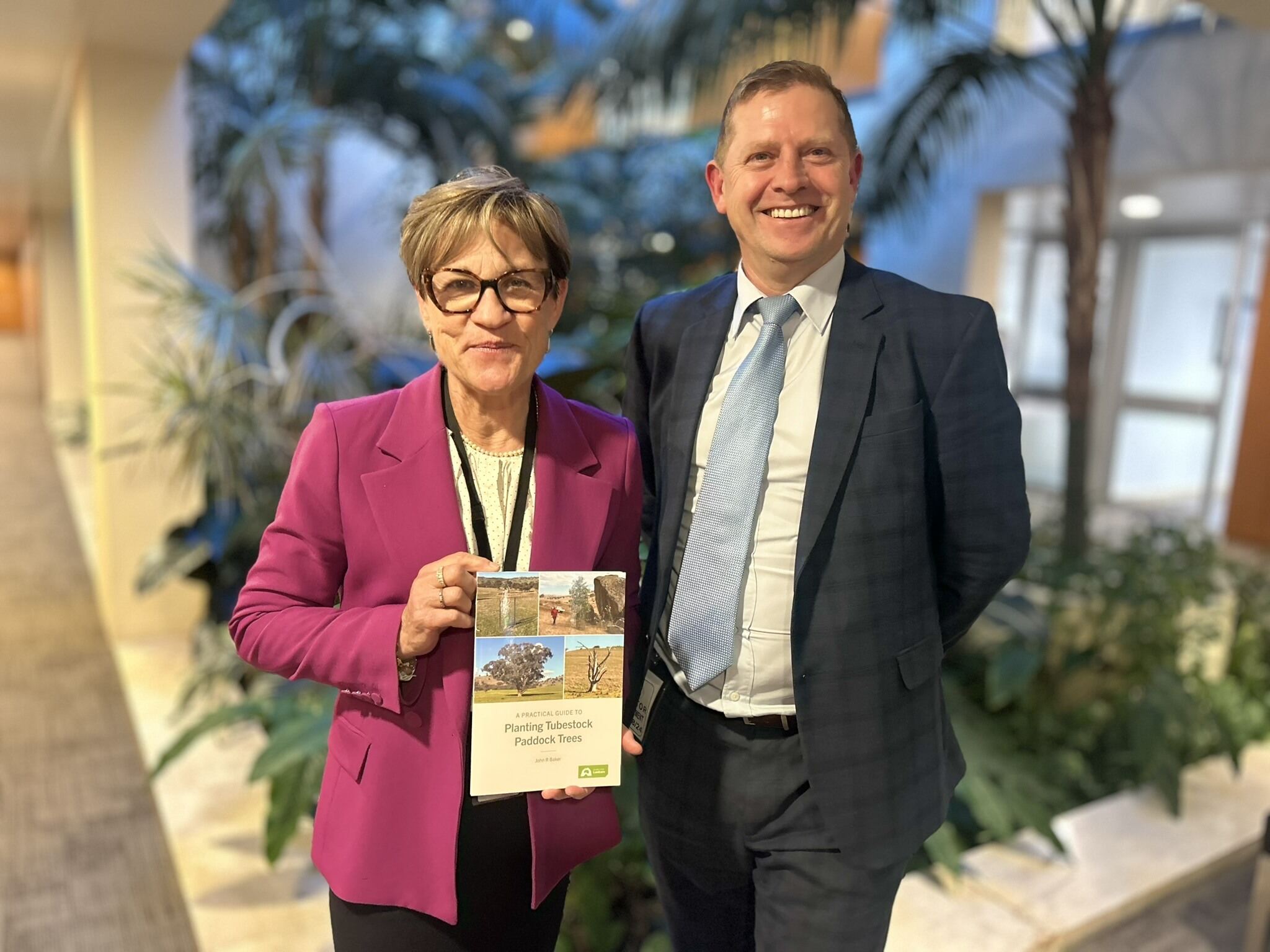
A VITAL RESOURCE FOR CENTRAL NSW FARMERS RECOGNISED BY HELEN DALTON MP
The recently published book, A Practical Guide to Planting Tubestock Paddock Trees, authored by John Baker, from Hovells Creek Landcare has been hailed as an invaluable resource for landholders and farmers in central NSW.
This comprehensive guide provides detailed insights into the essential practices and considerations for successful tubestock paddock tree planting, helping to prevent the costly failures that often arise from lack of planning.
Drawing on extensive practical field trials and years of planting experience, John Baker covers important topics such as selecting appropriate species, determining the best planting locations within the landscape, optimal planting times, and choosing high-quality tubestock that is more likely to survive and thrive in varying conditions.
During National Landcare Week in August 2024, Helen Dalton MP, Member for Murray, recognised the significance of this guide in a special presentation of the book to her at NSW Parliament House.
The presentation was made by Landcare NSW CEO, Turlough Guerin, highlighting the collaborative efforts in promoting sustainable farming practices across NSW. This recognition also exemplifies the advocacy work that Landcare NSW does for local groups, ensuring their valuable contributions are acknowledged and supported at all levels.
This guide is a must-read for anyone involved in planting paddock trees on farms or properties. It offers practical advice and strategies to ensure successful plantings, contributing to the enhancement of biodiversity and the sustainability of agricultural landscapes in central NSW.
For more information and to access the guide, visit the Hovells Creek Landcare website here.

